Historically, unlicensed food stalls came about after World War II when the colonial Hong Kong government issued ad hoc licenses to families of deceased and injured civil servants, allowing them to operate food stalls in public, and thereby, earning a living. These licenses are considerably larger than the ones normally issued and a photograph of the licensee was required to appear on them, hence, giving them the moniker “dai pai” meaning big license, and “dong” meaning stall. These dai pai dongs provided cheap every day food to those of meager income. I remember eating at various dai pai dongs in the 80s, and while they were slowly disappearing in the 90s, you could still find them dotted around the more humble neighborhoods.
A friend of the family’s brought us to 生昌潮洲海鮮酒家. There is no English name that I’m able to find for this place, but they have a Facebook page — go figure! This is one of those eateries which offers a truly authentic experience, one which visitors to Hong Kong these days will most likely only see in a movie, but few will experience. But beware, you’ll have to take the MTR out to the New Territories, and then take a taxi, because it is not easily accessible, unless you have a car.
Surprisingly, they have a huge parking lot, and not surprising, it is packed. It is an open air dai pai dong-style restaurant, and according to my research, there are only about 25 remaining dai pai dongs left in Hong Kong. These outdoor stalls have since been moved indoors, often above wet markets, providing quick and cheap meals, and also, fresh seafood. (I’ll be featuring one in another post soon).
We are lucky that there is a table available for the seven of us when we arrive. If there’s a smaller party, it is quite customary to ‘dap toi’ or share a table with other diners. There is a menu — all in Chinese of course — but since it is a Chiu Chow restaurant, I pretty much already know what I want to eat.
You’ll get your utensils and a pitcher of hot tea at the table. Rinse your bowls, tea cups and chopsticks with the hot tea, then proceed to drink the tea from the tea cups once you’re done.
The food arrives really quickly after you order. I don’t have any English names, but will do my best to translate. I don’t have any pricing either since our friends paid.
Our server tells us there is a special today — a casserole of pickled mustard greens, pig ears, pork and goose liver. The broth is very flavorful possessing a tartness from the greens, which helps cut the heaviness from the other ingredients.
Next comes a scorching tureen of soup comprising innards, very typical of Chiu Chow cuisine. Ordinarily, I would have shunned away from this because of its pungency. However, there is a ton of white pepper, which helps cut the offal aromas from the intestines and other innards swimming in the soup.
Salt baked mullet is another traditional Chiu Chow dish. The fish is packed with salt and baked whole, then left to cool. It is enjoyed at room temperature with a salty dipping sauce made from fermented soy beans.
Salt and Pepper Bombay Duck is new to me. I can’t believe I’ve never eaten this fish before. It has the consistency of soft tofu, and here, it is fried, then tossed with salt and pepper seasoning, making it crispy on the outside but very soft on the inside. The texture is unique and very interesting. It’s very addicting too!
The obligatory greens comes in the form of Fu Yu Ong Choy, or fermented bean curd with Chinese water spinach.
One of my favorite Chiu Chow dishes is Deep Fried Prawn Balls. The ones here are delicious, served with a thick, slightly sweet dipping sauce similar to Indonesian kecap manis.
We end our meal with Sweet and Sour Panfried Noodles, my mom’s favorite. The one here arrives with a ton of sugar already on top of the noodles. Typically, at higher end restaurants, the vinegar and sugar are served alongside so you may use it according to your taste. I don’t like a lot of sugar on mine, so I had to find a piece with the least amount of sugar, then, tap the rest of the sugar off. Drizzle with some dark vinegar and you’re good to go.
If you’re looking for a Chiu Chow meal, there are many to choose from both in Kowloon and Hong Kong Island. If you’re looking for an authentic experience, then 生昌潮洲海鮮酒家 is definitely worth a visit.
生昌潮洲海鮮酒家
大圍下徑口村151號地下(田心警署對面)
(across from Sha Tin Police Department)
Tel: +852 2687 2998
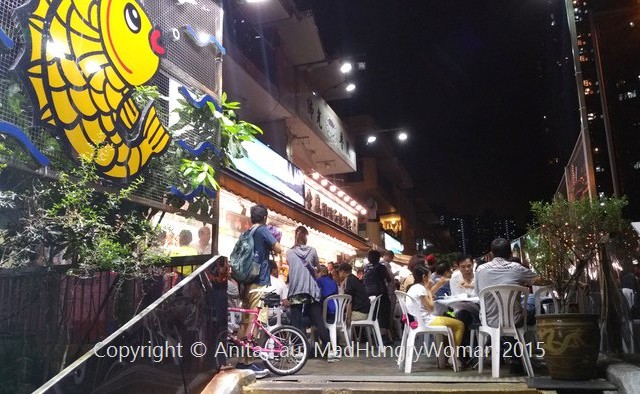

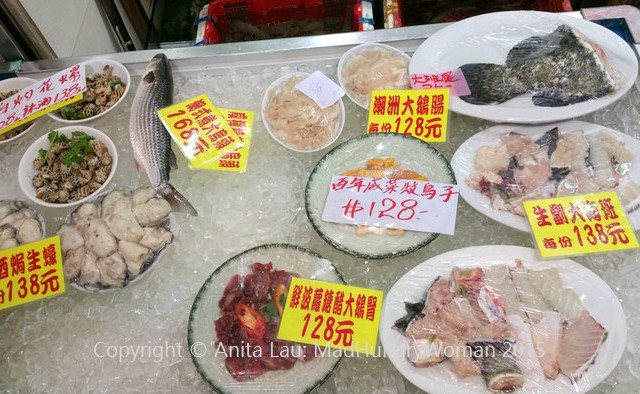
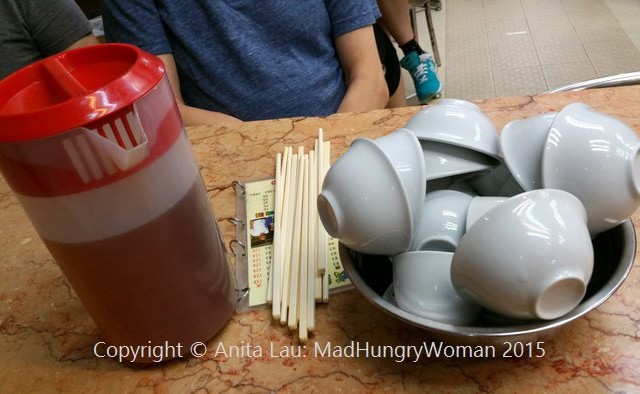

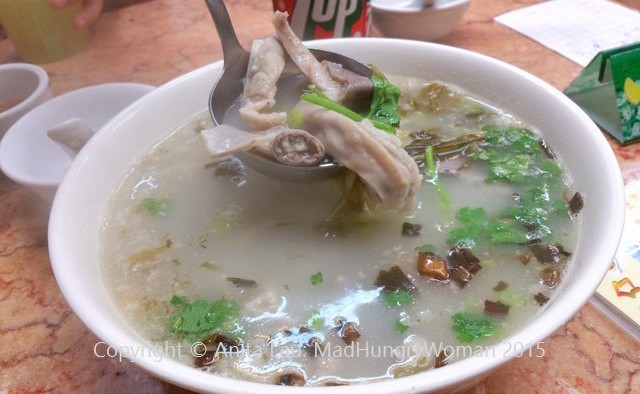
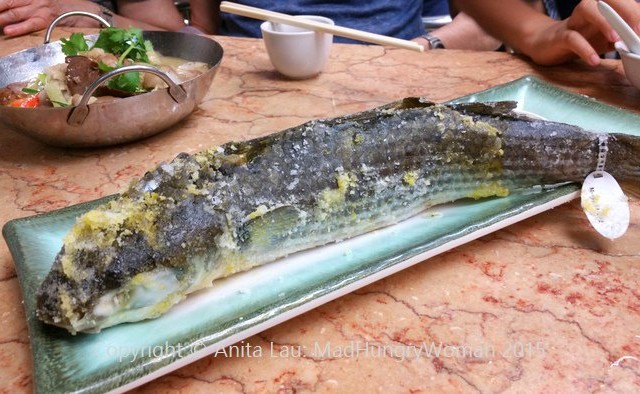

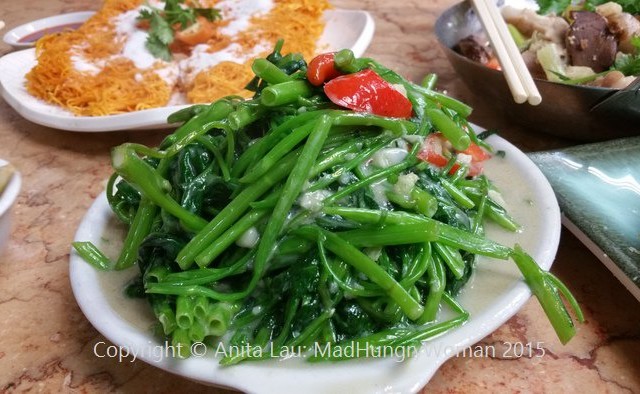
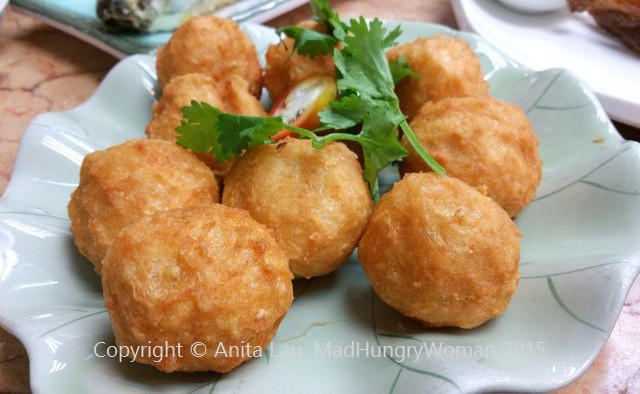








Leave a Reply